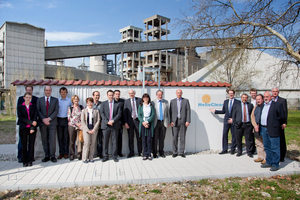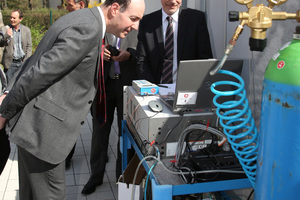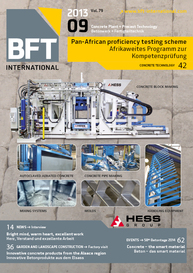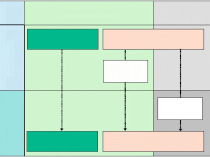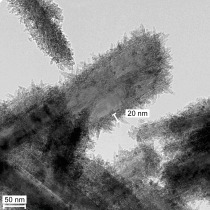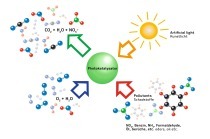Research project on nitrogen oxide reduction
From 2009 to 2012, the “Helio Clean” project funded by the Federal Ministry of Education and Research dealt with the catalytic disintegration of air pollutants under sunlight exposure using building material surfaces that were functionally upgraded with nanoscale particles. This project aimed to not only derive fundamentally new findings but also to identify approaches to practical use, particularly to reduce the amount of nitrogen oxides (NOx) adhering to building material surfaces.
The research consortium included institutes at the German universities of Dresden, Hanover and Kassel, but also...

